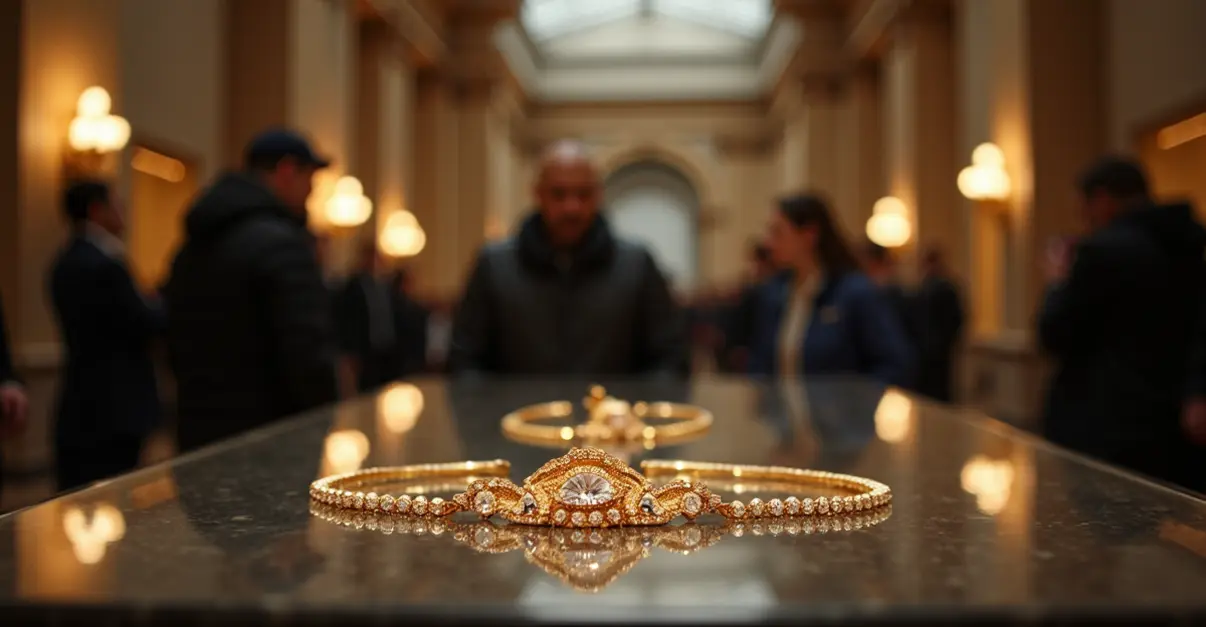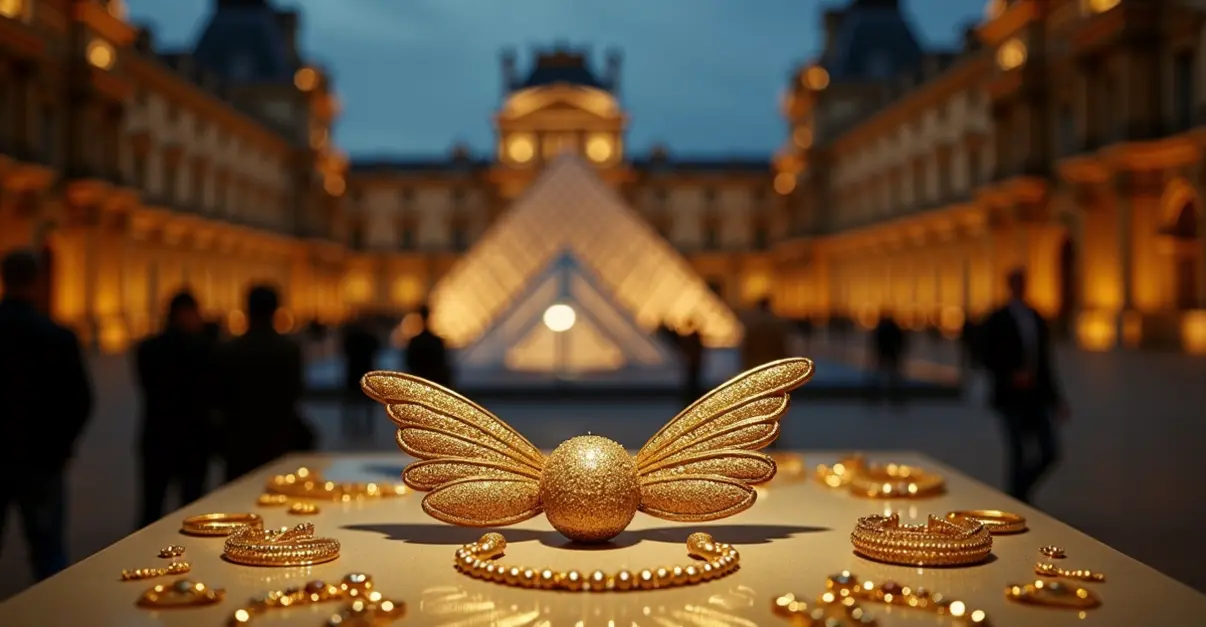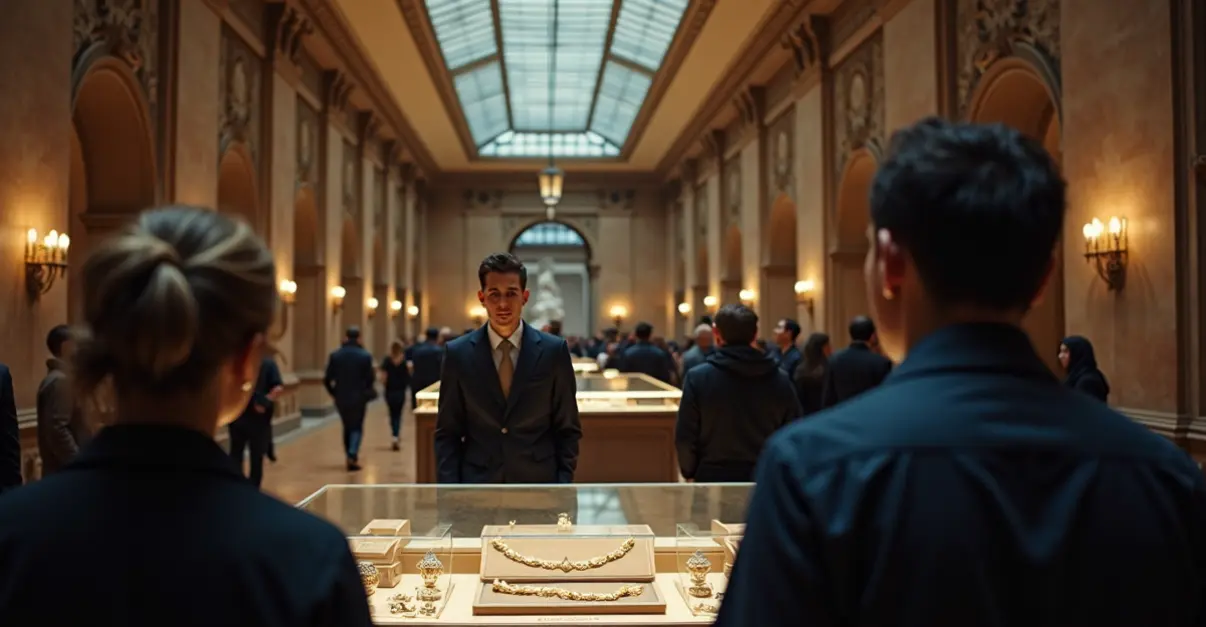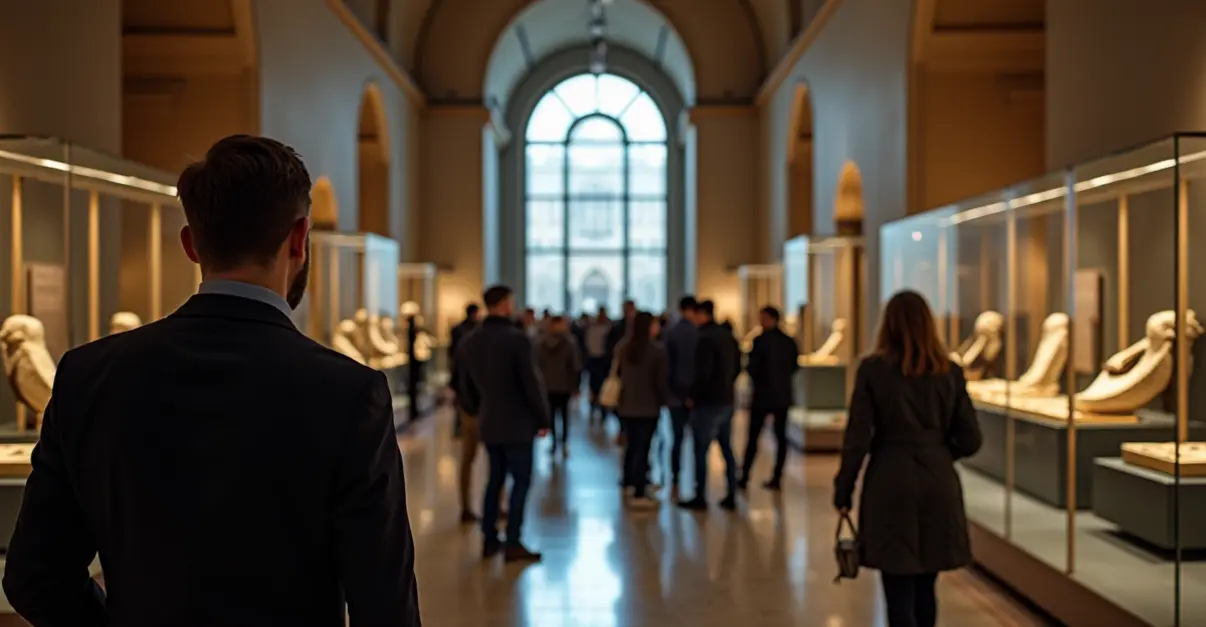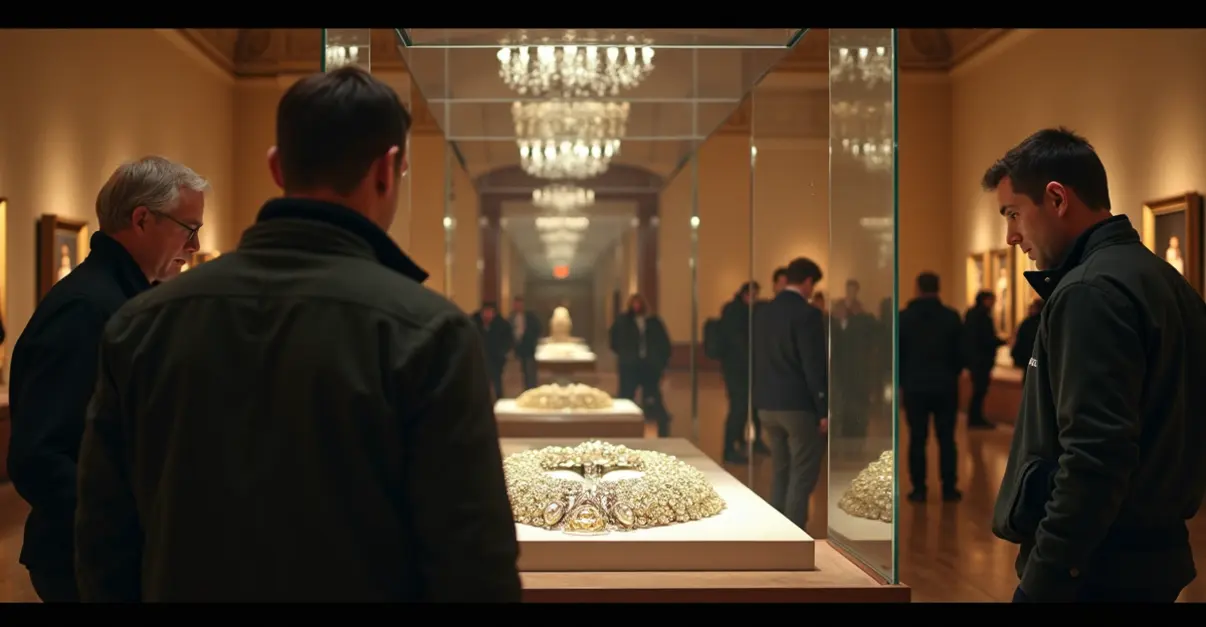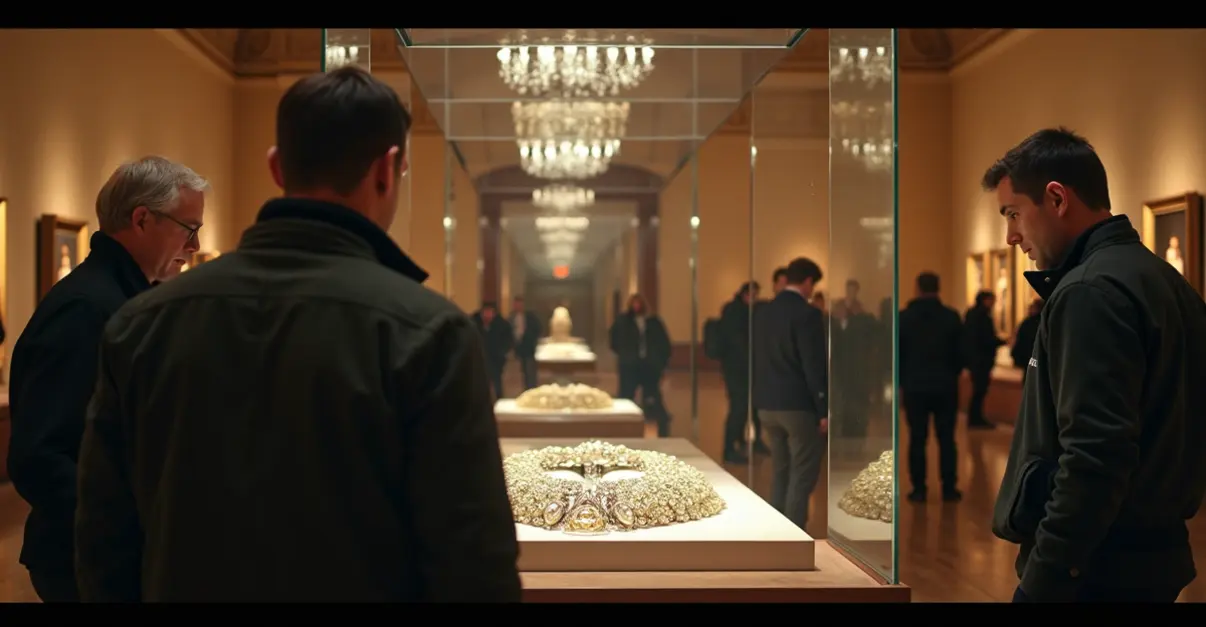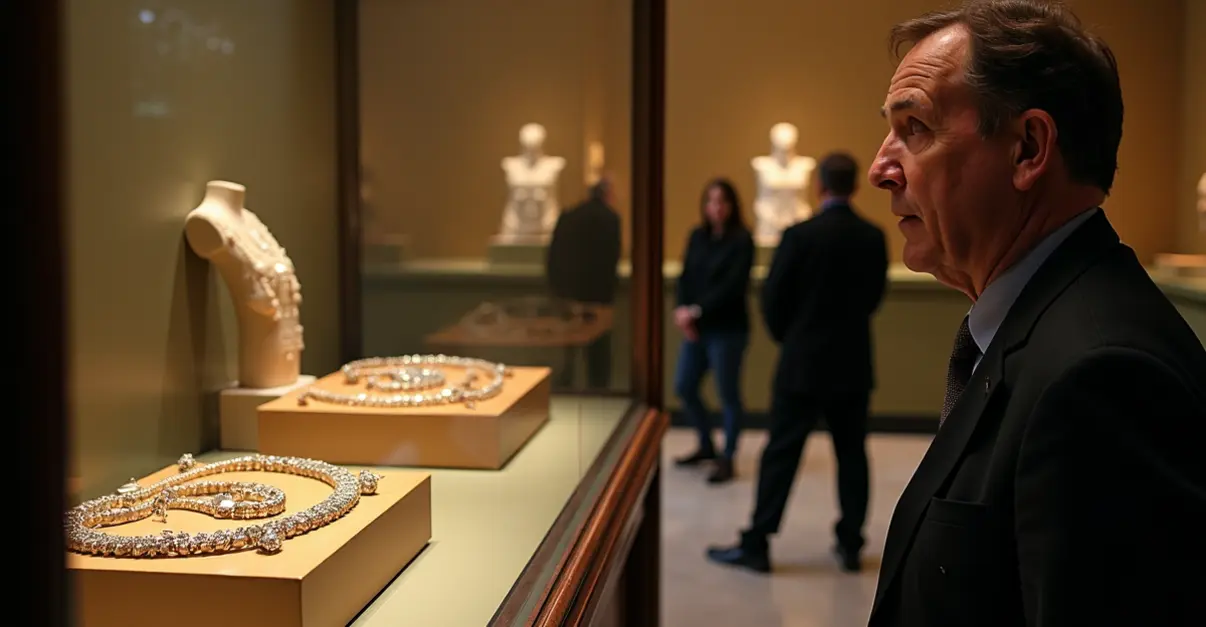Thieves stole eight priceless jewels from the Louvre using their own construction lift in a four-minute heist, exposing security vulnerabilities at the world's most famous museum during broad daylight.
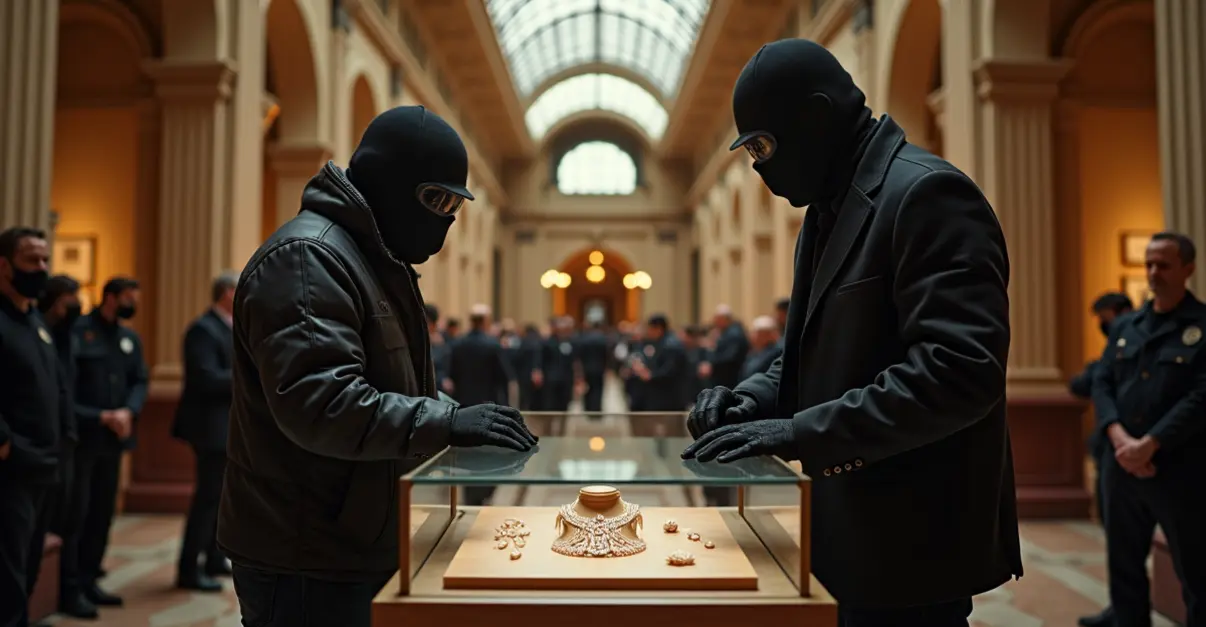
Sophisticated Four-Minute Heist at World's Most Famous Museum
In one of the most audacious museum thefts in recent history, thieves executed a meticulously planned robbery at the Louvre Museum in Paris on October 19, 2025, making off with eight priceless jewels from the Apollo Gallery's crown jewels collection. The perpetrators used their own construction hoist to access the museum through a first-floor window, completing the entire operation in under four minutes before escaping on scooters.
The Stolen Treasures
The stolen items represent some of France's most significant historical artifacts, including a tiara, earrings, and sapphire necklace belonging to Queen Marie-Amélie and Queen Hortense, an emerald necklace and earrings from Princess Marie-Louise, and a brooch, tiara, and large bow brooch from Empress Eugénie. 'These are not just jewels - they are pieces of French history that tell the story of our nation,' said French Culture Minister Rachida Dati in a press conference following the incident.
One additional item, Empress Eugénie's crown containing 1,356 diamonds and 56 emeralds, was stolen but later recovered near the museum. The crown, created by goldsmith Alexandre-Gabriel Lemonnier for the 1855 Paris World Exhibition, suffered damage during the thieves' escape.
The Daring Operation
According to French authorities, four perpetrators dressed as construction workers used a vehicle-mounted mechanical lift to reach a first-floor window around 9:30 AM local time, shortly after the museum opened. They used angle grinders to break through the window and then smashed two high-security display cases in the Apollo Gallery, which has housed France's crown jewels since 1889.
'This was a professional operation executed with military precision,' stated Paris prosecutor Jean-François Ricard. 'The thieves brought their own equipment, knew exactly what they were targeting, and had an escape plan ready.'
Security Concerns and Staffing Issues
The heist has exposed significant security vulnerabilities at the world's most visited museum. Labor unions had previously warned about security flaws and understaffing, with approximately 200 full-time security positions cut over the past 15 years from a workforce of nearly 2,000.
'We've been sounding the alarm about security gaps for months,' said Louvre security staff representative Marie Laurent. 'When you have too few eyes watching too many galleries, incidents like this become inevitable.'
The museum had been undergoing a $930 million renovation project that included a new security master plan, but the implementation was still in early stages at the time of the robbery.
International Response and Investigation
French President Emmanuel Macron condemned the theft as 'an attack on our heritage that we cherish because it is our history' in a statement on social media platform X. He vowed that authorities would 'find the pieces and bring the perpetrators to justice.'
The investigation, led by the French judicial police, is focusing on organized crime involvement and has not ruled out international connections. Police recovered several pieces of evidence including two angle grinders, a burner, gasoline, gloves, a walkie-talkie, a blanket, and one of the construction vests used by the thieves.
This represents one of the most significant thefts at the Louvre since the 1911 disappearance of the Mona Lisa, which was recovered two years later in Florence. The last major theft at the museum occurred in 1998 when a painting by French artist Camille Corot was stolen in broad daylight and never recovered.

 Nederlands
Nederlands
 English
English
 Deutsch
Deutsch
 Français
Français
 Español
Español
 Português
Português




